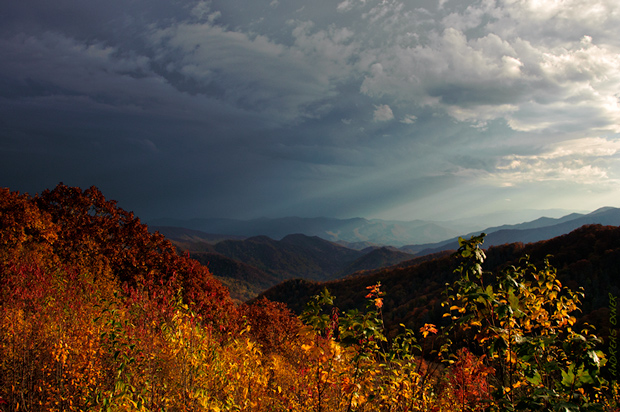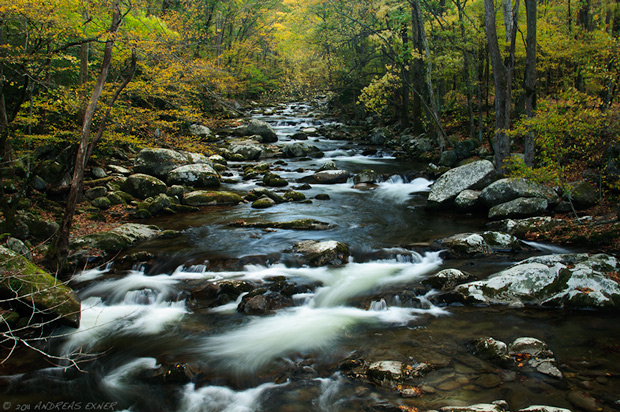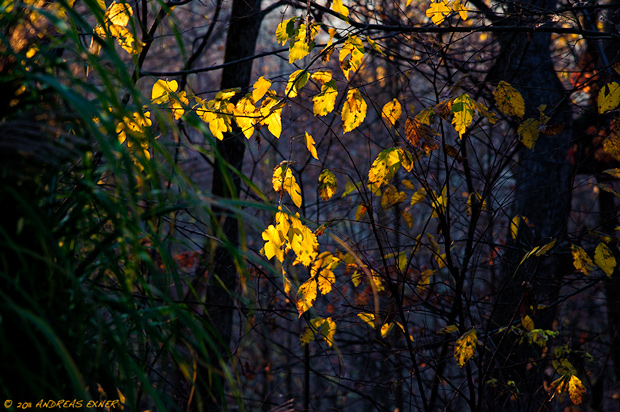
Don't worry, I still have plenty to post about our journey through the Great Smoky Mountains. Today I just want to show a few images made after our return from vacation here around the house. Any time during the last couple weeks when I saw a promising light situation develop, I grabbed my camera and run out of the house in order to work with that light.

You never know what comes out of it. Sometimes the light is gone within the blink of an eye but other times you may get rewarded. Most leaves are on the ground now but we had some nice light that really let the colors shine.
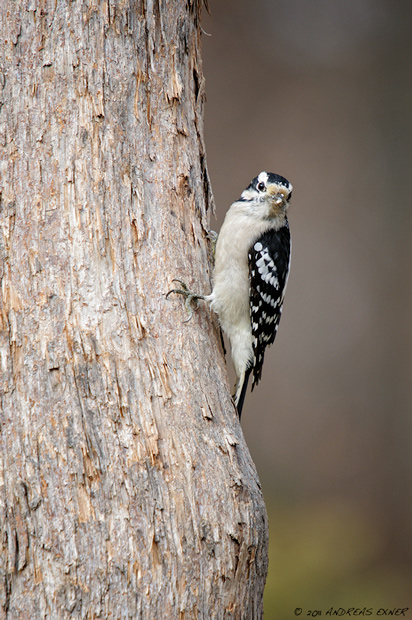
All the birds that migrate south for the winter are gone. Those that stay here during the cold season come to the feeders now more frequently. Many come with their offspring, like the Downy Woodpeckers, that had at least three or four young ones this year. They are a great subject to practice long lens shooting technique.
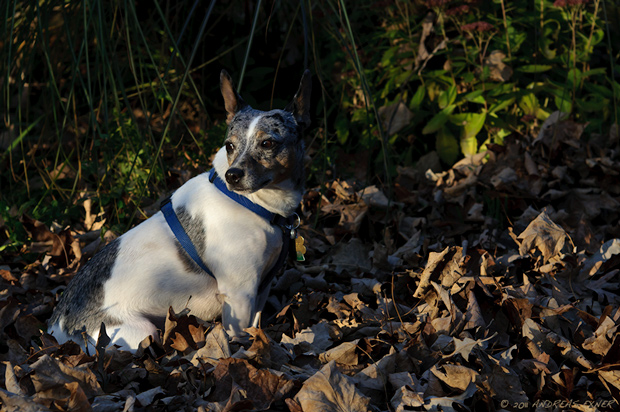
Cooper, our little terrier, enjoyed sitting in a sunny spot among all the leaves from the maples and oaks. It was the light of the setting sun that made me press the shutter release button.












